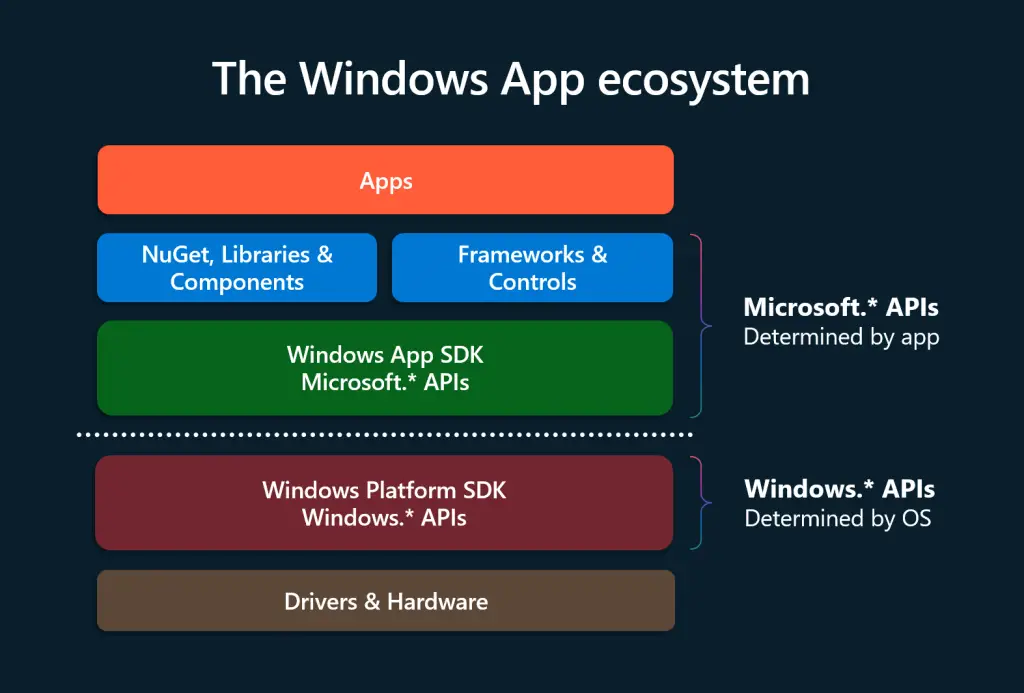
Microsoft is once again championing the use of React Native for building Windows applications, despite having its own native solutions such as .NET MAUI and frameworks based on C# and C++. This time, the case for React Native was presented by Microsoft engineer Chiara Muni, who explained how the Office team is integrating the technology into its suite of products. According to her, this adoption has enhanced application stability and streamlined the development process.
Office has long stood as the flagship of the Windows ecosystem, and its technical decisions often reverberate across the industry. It was Office, for instance, that introduced the ribbon interface—initially met with skepticism but eventually becoming a design standard across numerous applications. Yet historically, the Office team has rarely relied on Microsoft’s in-house frameworks: Windows Forms and WPF were both notably absent from their development stack. That trend continues today, with Office applications primarily developed in C++ and React Native rather than .NET MAUI.
Why is Microsoft placing its bet on React Native? Muni identifies three key reasons. First, the use of JavaScript (or more commonly, TypeScript) allows developers to work across both web and desktop versions of an application, streamlining resource allocation. Second, React Native facilitates the creation of cross-platform interfaces that retain a native look and feel for each operating system. Third, Windows applications can selectively embed React Native components—a capability Microsoft refers to as “content islands,” which has seen active deployment within the Office suite.
Nonetheless, this strategy is not without its caveats. React Native has yet to reach a 1.0 release—its current version, 0.79, was launched only last month. This underscores the fact that the framework remains under active development, requiring developers to be prepared for frequent changes and inevitable code refactoring. Lorenzo Sciandra, a former maintainer of the project, has previously warned that updates are rapid and stability is far from assured.
Originally developed by Meta for mobile applications, React Native is now being heavily supported by Microsoft for both Windows and macOS—an especially critical move for the cross-platform ambitions of Office. On Windows, the framework is integrated with the Windows App SDK and supports modern Fluent UI design principles in line with Windows 11 aesthetics. However, even the Windows App SDK comes with constraints—it requires Windows 10 version 1809 or later. As a result, legacy technologies like WPF, WinForms, and classic Win32 retain their relevance, particularly in scenarios where broad system compatibility is essential.
It’s also worth noting that React Native is not the sole option for developing cross-platform desktop applications with JavaScript. For instance, the widely used Visual Studio Code is built on Electron, which leverages the Chromium engine and Node.js. This alternative may offer greater reliability, especially when fidelity to Windows design conventions is not a critical requirement.
For Microsoft, ensuring that Office exemplifies the Windows platform remains a key objective. However, most third-party developers need not adhere to the same standards. What matters more to them is that their applications are stable and user-friendly, rather than perfectly aligned with the Fluent Design philosophy. Although Windows continues to be one of the most dominant platforms, the momentum is increasingly shifting toward cross-platform solutions—ones that no longer seek to merely echo Microsoft’s own steps.


